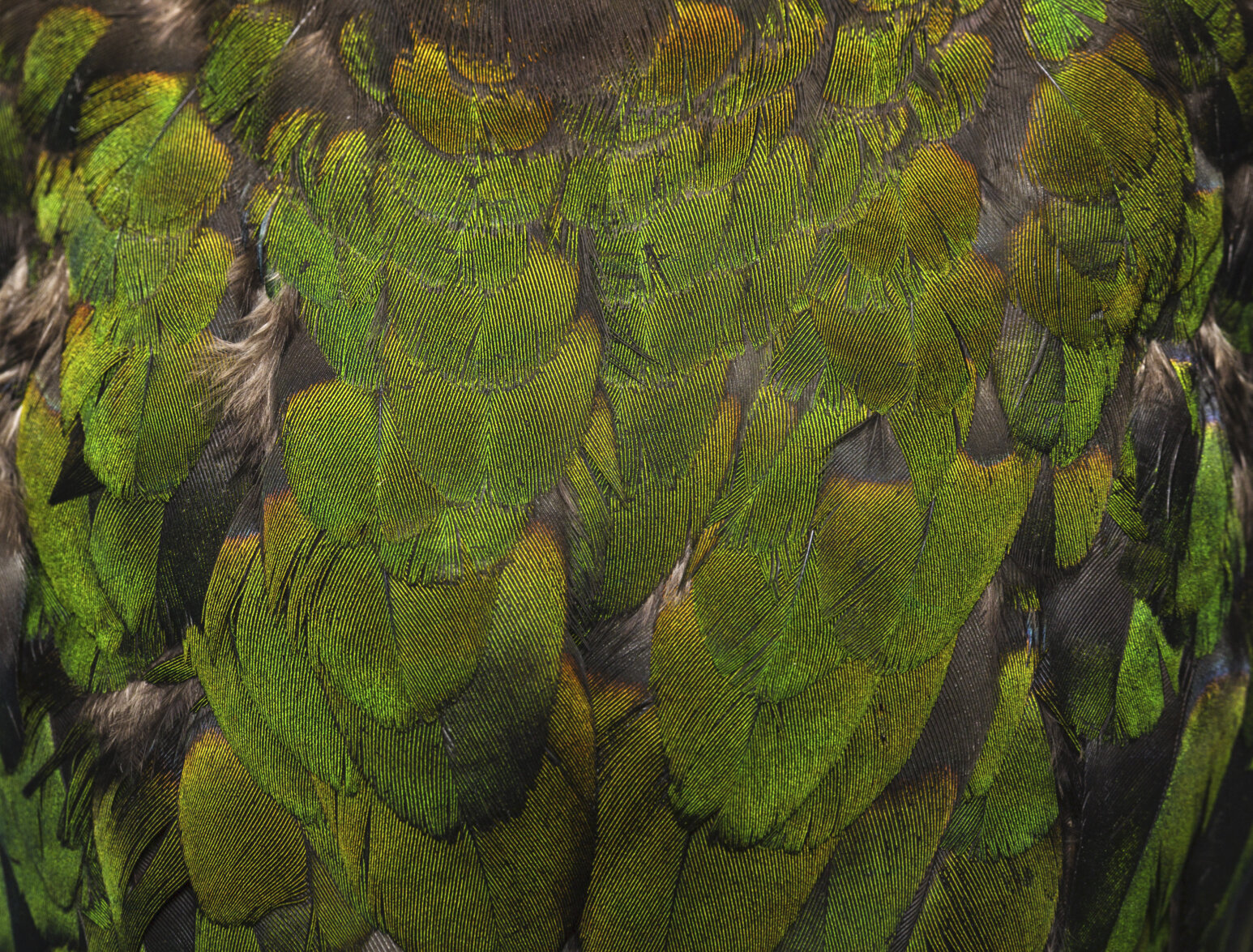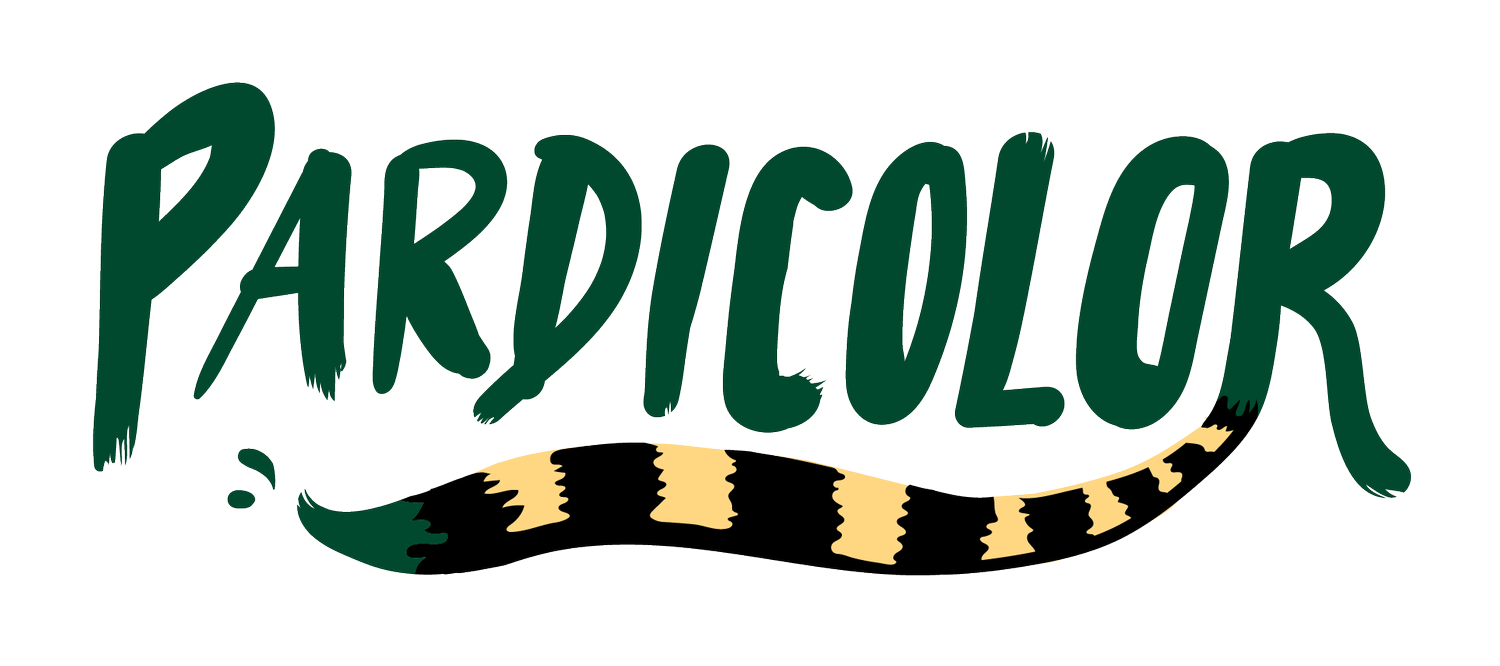
Part One
1.
Eurasian Wild Pig
Sus scrofa
Despite their intimidating size, wild pigs are shy and very wary animals.
They were once believed to have become extinct in Singapore around the time of the Japanese Occupation due to overhunting.
2.
Common Flameback
Dinopium javanense
Common flamebacks are adaptable and are occasionally found in urban parks.
Like other species of woodpeckers, they have stiffened tail feathers that help them hop vertically up trees.
3.
Changeable Hawk-eagle
Nisaetus cirrhatus
These raptors are nationally endangered but their population size appears to have increased in recent years.
There are the dark morphs (full brown) and pale-morphs (shown) to this species.
4.
Oriental Dollarbird
Eurystomus orientalis
The oriental dollarbird is named after its distinctive coin-shaped spot on each wing that is only visible only when the bird is
in flight. This beautiful avian species is known to hunt for insects in mid-flight.
5.
Blue-tailed Bee-eater
Merops philippinus
Blue-tailed bee-eaters predominantly feed on bees, wasps, and hornets. After a successful hunt, a bee-eater will perch to
make the kill by beating the insect on a branch until its tough exoskeleton breaks open.




